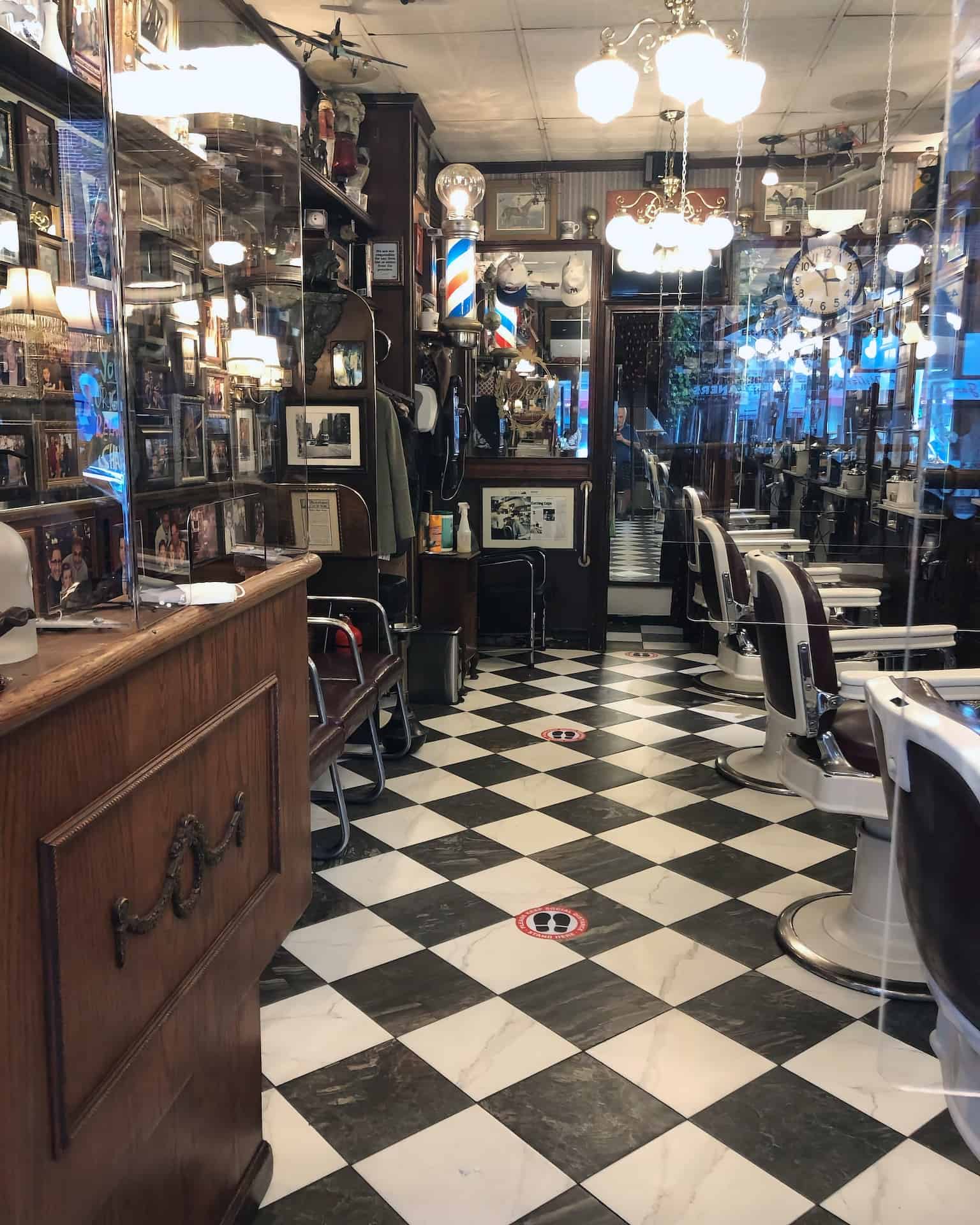This barbering sector holds a significant position in individual care and self-maintenance. Nonetheless, it is vital to prioritize the health and safety of both clients and barbers in this environment. Effective health and safety standards are paramount for maintaining cleanliness protocols, avoiding incidents, and ensuring a favorable interaction for all parties engaged. By adhering to these guidelines, professionals can establish a safe environment that fosters trust and comfort among clients.

One key aspect of health and hygiene in grooming is cleanliness. Barbers must adhere to strict cleaning protocols, including frequent cleaning of tools and stations. This involves disinfecting scissors, trimmers, and combs after every use to eliminate the risk of transmitting bacteria or contamination. Additionally, barbers should use clean capes and towels for each individual to promote a sanitary environment. Implementing these measures not only safeguards customers but also boosts the reputation of the barbering establishment.
An additional critical requirement addresses the safe handling of chemicals used in hair treatments. Items such as coloring agents, chemical straighteners, and other formulations can pose risks if not managed properly. Stylists must adhere to protective protocols for the storage and application of these chemicals to prevent dermal reactions or sensitivities among customers. Using protective gear and ensuring adequate ventilation during procedures are crucial measures weblink that professionals should implement to protect customer safety while delivering quality care.
Injury avoidance is also a key component of wellness and security requirements in barbering. Barbershops should be designed with safety in mind, minimizing hazards such as slippery floors or cluttered workspaces. Staff should be trained in emergency procedures, including how to handle lacerations or thermal injuries that may happen during treatment. Supplying medical supplies and confirming that all team personnel know their placements is an effective way to anticipate unforeseen events. By emphasizing preventative actions, barbers can create an environment where clients feel secure and cared for.
Finally, effective communication is key to ensuring client safety in the grooming profession. Stylists should consult patrons about their preferences and any possible concerns linked to the treatments provided. This involves discussing sensitivities to chemicals or previous adverse see it here reactions reported by clients. By encouraging open dialogue, barbers can develop rapport with their customers while delivering that they get personalized attention aligned with their unique needs. In the end, prioritizing health and safety regulations will lead to improved client experience and a successful haircare practice.